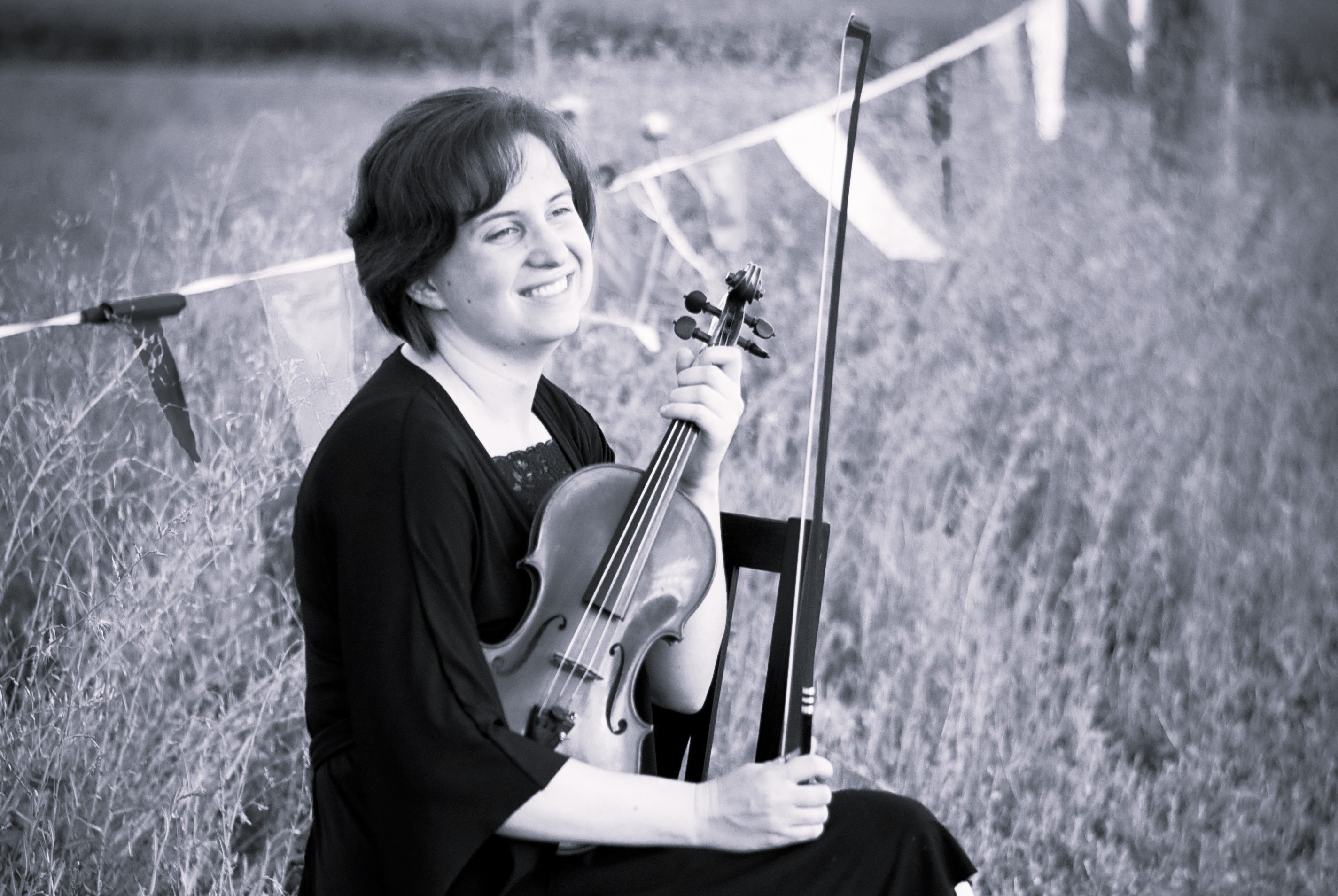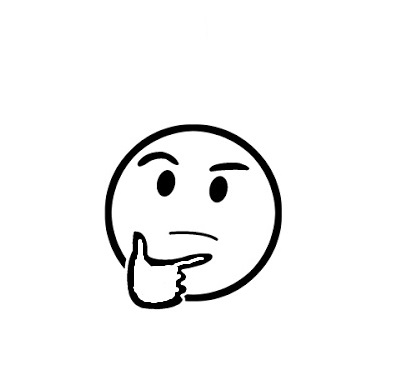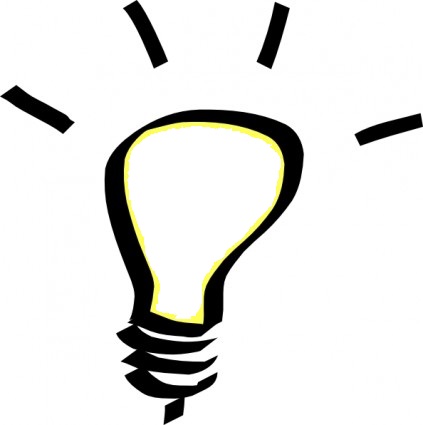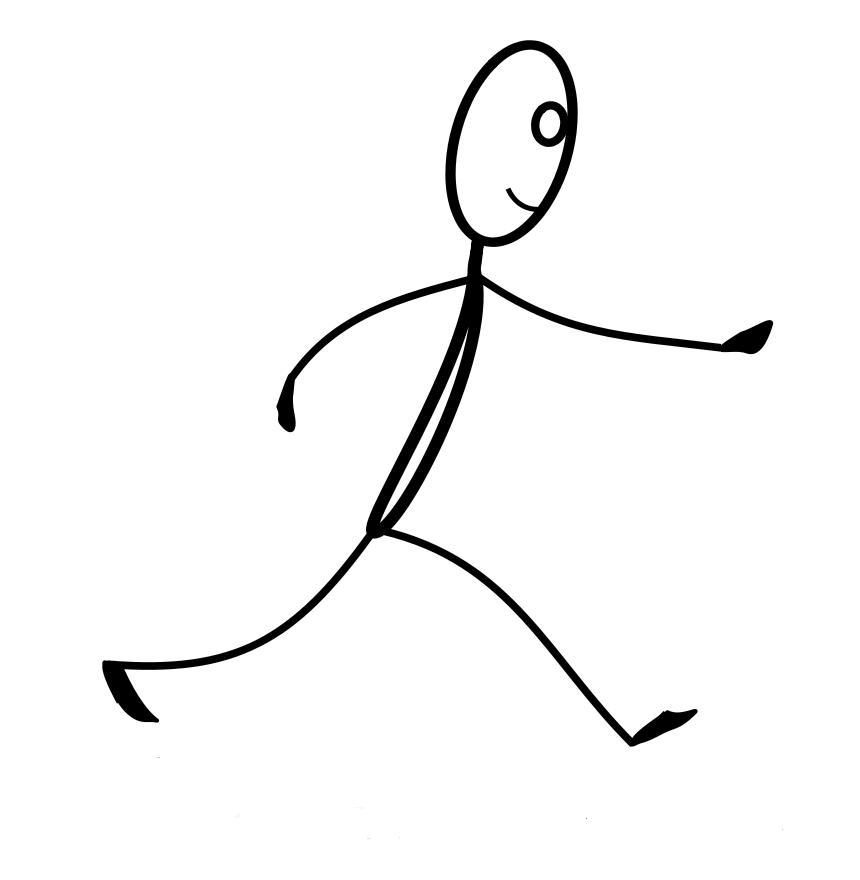
Cami Shaskin
Violin Blog
About
Updates
Quick Access
Archive
2021
Jan
2022 16 - Welcome to My Blog
23 - Violin Teaching Kits
Feb 06 - Valuable Techniques
07 - From the Top
20 - Violin Jokes
Mar 06 - Singing in Orchestra
13 - Nurtured by Love
21 - Helpful Websites
27 - Unique Case Uses
Apr 10 - All About Tone
24 - Teaching Values
May 02 - Believing Teachers?
29 - Our Quartet
Jun 26 - Violin Bridge Tips
Jul 07 - Clever Violin Memes
20 - Horses and Lions
Aug 04 - Music During Covid
16 - Favorite Music
Sep 12 - Being There
Oct 16 - Sight Reading Tips
Nov 05 - Why It's the Frog
Dec 20 - Bach on the Brain
30 - Impact for Life
Jan
Jul
Aug
Oct
Nov
2023 23 - Tendonitis Helps
Feb 21 - An Old Performance
Mar 23 - Cars3 & Coaching
Apr 29 - Preferred Brands
May 27 - Love: A Calling
JunJul
Aug
08 - Music Opens Doors
SepOct
Nov
27 - Useful Analogies
Dec 28 - A Humorous Anecdote
Jan
Feb
May
Jun
Aug
Oct
Nov
2024Feb
15 - Our Commonality
Mar 10 - Extras
18 - Autopilot
AprMay
Jun
06 - Motivation
JulAug
26 - The Ink
SepOct
Nov
26 - Music Copyright
Dec Jan
Mar
Sep
2025 15 - Fame and Fortune
FebMar
14 - Intermission
Apr 18 - A Day in the Life
May 02 - Oops!
Jun 14 - A Science or an Art?
Jul 15 - A Difficult Post
AugSep
20 - Anxiety Interview
Oct 02 - Sounds of Italy
Nov No posts to display.
Dec No posts to display.
Jan
Feb
Aug
Feb
No posts to display.
Mar No posts to display.
Apr 17 - Bittersweet Moments
May No posts to display.
Jun No posts to display.
JulAug
No posts to display.
Sep No posts to display.
Oct 31 - My Video Series
Nov No posts to display.
Dec No posts to display.
Posts
Buying a Violin for Dummies
Okay, here we go:
1) Don't buy a violin on Amazon.
2) If you ignored #1, get out your wallet. Even if you're just "trying it out," chances are very high you'll be paying twice just to get it playable! They do a great job making their packages look attractive, but be the one who read this post and doesn't get sucked in. Amazon instruments are a teacher's nightmare. Yeah, don't get me started. Seriously!
3) Purfling does serve a purpose; if the lines are painted on, that's kind of scary. Also, make sure the bridge has been properly carved: it should be completely flush with the violin top, not a bridge blank that comes separately.
4) You don't always have to buy a new violin to sound better; try upgrading your existing instrument by buying a new bow or a nicer, newer set of strings.
5) Plan to spend roughly $300-500 for a decent entry level violin, no matter the size. This isn't as much of a surprise when you consider that a set of strings alone can be $50 or more, a new bridge is around $80, and a new bow or bow rehair start at $50. A block of wood alone for the top or back of the violin before it's carved can easily be $200 or $300. See post here.
6) Don't be fooled by the label Stradivarius. Most real Stradivarius violins are either in museums or private collections and played by the best players in the world. They sell for millions of dollars.
7) Age is an advantage. Used violins are often a smart way to go.
8) Choose a violin first, then try out bows. Yes, that is real horsehair.
9) Explore the entire range of the instrument and ppp to fff.
10) Similarly, try many different bowing styles when trying bows, like spiccato, up-bow staccato, sautille, marcato, and legato.
11) If those words in #10 looked like Greek to you, if #9 had you wondering how, or you otherwise aren't sure what to look for, don't buy from a private seller unless you invite an experienced player to tag along. Choose a reputable music store, where the personnel are highly trained to guide you through the process!
12) Know your price point ahead of time: compare apples to apples. You wouldn't try out a $3,000 instrument at one store and then try to compare it with an $8,000 instrument at another store.
13) What you're paying for: Just like buying fine art, you're always paying more for a famous maker, better materials, more carving and care, etc.
14) Particularly when moving up to an especially nice violin, including what you may consider your "final violin," try out the few final contenders in different acoustical settings.
15) The hierarchy of professional violin levels generally starts with Italian at the top, followed by French, followed by German.
16) In my opinion, wood bows "breathe" better and will always trump synthetic bows, though it's true that carbon fiber bows are becoming more well-made as time goes on.
17) It's nice to have someone listening to you play on a potential violin from a few feet away, because violins can sound quite different under your ear. When my parents bought me my first full size violin, we got permission to take some [similarly-priced options] to a church, where my mom and teacher laid down on the benches so they couldn't see which violin was which while I played on them. They were then able to offer their comments without prior prejudice.
18) If you are a college music major who aspires to play professionally, plan to spend the same amount on your instrument as you would on a new car. Some professional symphony members pay more for their violin than their home mortgage. That being said, it is an indisputable fact that how you play the violin far outranks what violin you play.
| Love it | Interesting | Inspiring | Want to share |
 |
 |
 |
 |
| 0 | 0 | 0 | 0 |
Like this post? Link back to it later by copying the URL below.
© 2021-2025 All Rights Reserved
This content has been proven to be completely dairy-free, gluten-free, sugar-free, and made from code not treated with rBST. No animals were harmed in the making of this blog. The views presented do not necessarily represent the views of Ms. Shaskin's neighbors, kin, the U.S. government, or a mysterious worldwide network of musicians. Any reproduction, retransmission or reposting of content without crediting the author (basically me) is prohibited. Free Wi-Fi not included. If this is a life-threatening emergency, close your browser and dial 911.



